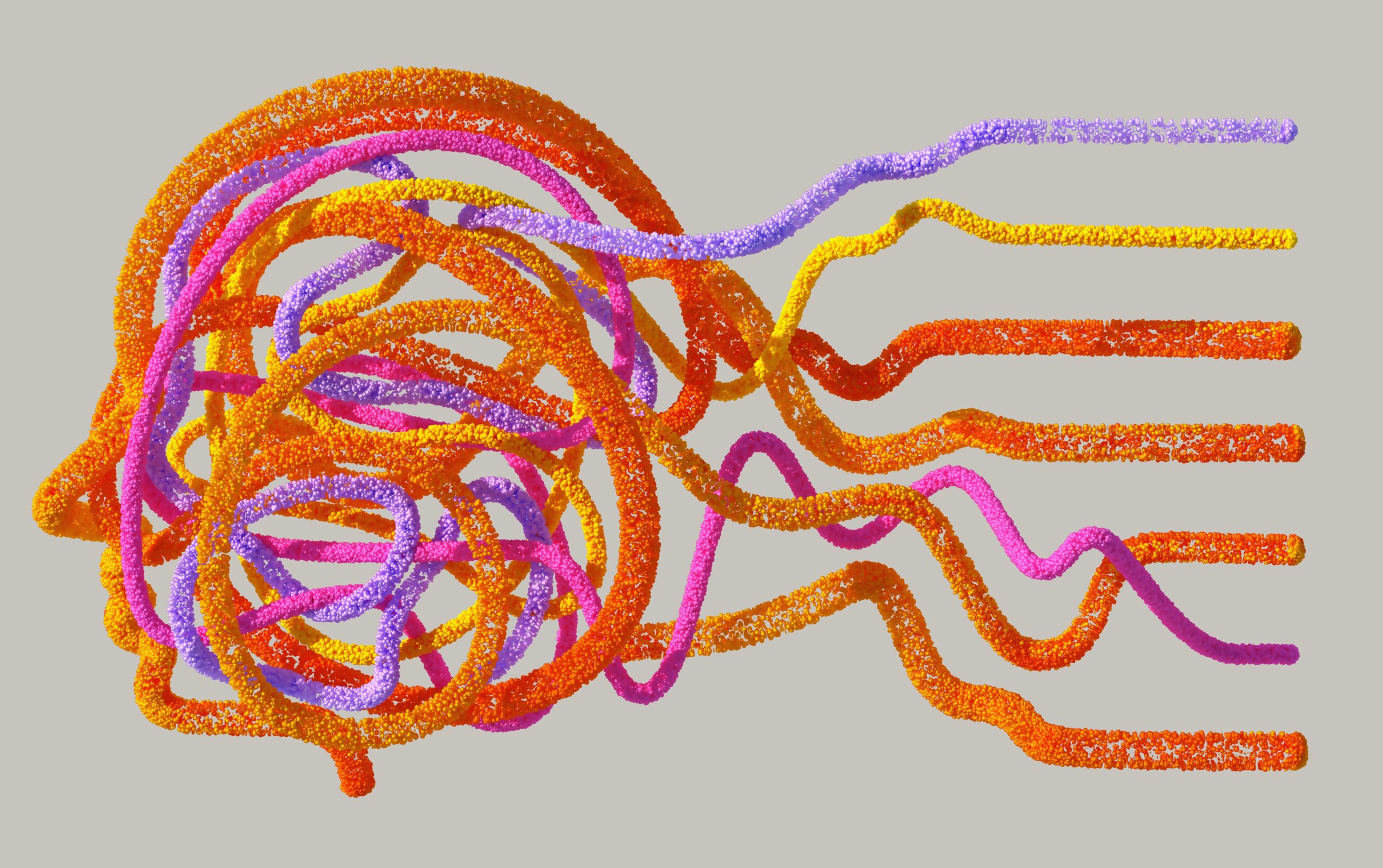In the ever-evolving landscape of marketing, businesses are continually seeking new and innovative ways to understand and influence consumer behavior. One such frontier in the realm of marketing is neuromarketing, a multidisciplinary field that merges the insights of neuroscience with the strategies of marketing to gain deeper, often subconscious, insights into consumer decision-making processes. By peering into the intricate workings of the human brain, neuromarketers aim to decode the mechanisms behind consumer choices, emotions, and perceptions. In this comprehensive exploration, we will embark on a journey into the fascinating world of neuromarketing, delving into its principles, techniques, ethical considerations, and its profound impact on the marketing landscape.
Deciphering the Essence of Neuromarketing
At its core, neuromarketing is the art and science of using the principles of neuroscience, psychology, and cognitive science to comprehend and influence consumer behavior. It transcends traditional marketing approaches, aiming to unlock the secrets of the human brain and its role in decision-making. The objective is to create more effective marketing campaigns, product designs, and overall brand experiences by gaining a deeper understanding of what drives consumers.
Unveiling the Consumer Brain
Neuromarketing peels back the layers of the human brain to reveal how individuals think, feel, and ultimately make purchasing decisions. It harnesses various neuroscientific tools, such as functional magnetic resonance imaging (fMRI), electroencephalography (EEG), and eye-tracking technology, to investigate brain activity when exposed to marketing stimuli. This enables marketers to uncover the neurological reactions that occur during the decision-making process.
Emotion as a Key Player
One of the central pillars of neuromarketing is the recognition of the profound impact of emotions on consumer choices. Research consistently demonstrates that emotions often play a more significant role in purchasing decisions than rational or logical thinking. As a result, neuromarketers focus on evoking specific emotions in consumers to create a more compelling and engaging brand experience.
Subconscious Influences
Neuromarketing goes beyond what meets the conscious eye. It delves into the world of subconscious cues and priming, examining how subtle triggers—such as colors, images, and even scent—can sway preferences and influence buying decisions without consumers even being aware of it. This exploration of the subconscious uncovers a wealth of opportunities for marketers to connect with consumers on a profound level.
The Gaze of the Consumer
The gaze of the consumer is a treasure trove of information for neuromarketers. Eye-tracking studies are commonplace in this field, allowing researchers to monitor precisely where consumers focus their attention when exposed to various marketing materials. By understanding what catches the eye, marketers can strategically place key elements, calls to action, and essential information for maximum impact.
Varieties of Neuromarketing Techniques
Neuromarketing encompasses a variety of techniques and methodologies to understand the consumer brain. Some of the most prevalent approaches include:
1. Functional Magnetic Resonance Imaging (fMRI): fMRI is a non-invasive imaging technique that measures changes in blood flow in the brain. It is used to identify brain regions activated during specific tasks or when exposed to marketing stimuli. This helps marketers understand which areas of the brain are associated with particular emotions and decisions.
2. Electroencephalography (EEG): EEG records electrical activity in the brain, providing insights into neural responses within milliseconds. It is widely used to track brainwave patterns and identify how the brain processes information and emotions.
3. Eye Tracking: Eye-tracking technology monitors the movement and focus of a consumer’s eyes when viewing marketing materials. It helps identify which elements draw the most attention, providing valuable insights for web design, advertising, and product packaging.
4. Facial Expression Analysis: This technique measures facial expressions, helping determine the emotional response to marketing stimuli. It can reveal whether consumers find content engaging, amusing, frustrating, or emotionally resonant.
5. Implicit Association Tests (IAT): IAT assesses subconscious biases and attitudes toward brands and products. It helps identify hidden associations that may influence consumer preferences.
6. Biometric Measures: Neuromarketers often use biometric data such as heart rate, skin conductance, and respiration to gauge emotional responses and physiological reactions to marketing materials.
Ethical Considerations in Neuromarketing
The power of neuromarketing to access consumers’ subconscious minds brings with it a set of ethical considerations. While the insights gained from neuroscientific research can enhance marketing strategies, they must be used responsibly and transparently. Some key ethical considerations in neuromarketing include:
Informed Consent
Individuals participating in neuromarketing studies must provide informed consent, understanding the nature and purpose of the research. Consent ensures that consumers are willing participants in the study and are aware of the use of their data.
Privacy and Data Security
The collection of sensitive brain and biometric data demands rigorous data security and privacy measures. Marketers must ensure the protection of participants’ personal information and data in compliance with relevant data protection laws.
Honesty and Transparency
Neuromarketers should be transparent about the methods they use and the implications of their research. Marketing campaigns derived from neuromarketing insights should not deceive or manipulate consumers.
Respect for Autonomy
Respecting consumer autonomy is fundamental. Neuromarketing insights should be used to enhance consumer experiences and preferences, not to override or manipulate them.
Applications of Neuromarketing
Neuromarketing has far-reaching applications across various industries, including but not limited to:
Product Design
By understanding the subconscious triggers that influence consumer preferences, neuromarketers can collaborate with product designers to create products that are not only functional but also emotionally appealing.
Advertising
Neuromarketing insights guide the creation of emotionally engaging advertisements that resonate with consumers. These ads can evoke specific emotions that connect consumers with brands on a deeper level.
Website and User Experience (UX) Design
Online businesses employ neuromarketing principles in website and UX design. The placement of content, navigation, and user interface elements is optimized based on where consumers focus their attention.
Branding and Storytelling
Neuromarketing emphasizes the importance of storytelling and brand narratives. Effective brand stories create emotional connections, making consumers more likely to identify with and support the brand.
Product Packaging
The packaging of a product plays a significant role in influencing purchasing decisions. Neuromarketers use insights into color, imagery, and design to create packaging that stands out on the shelves and appeals to consumers.
Retail Environments
Retailers utilize neuromarketing insights to design store layouts and product displays that encourage purchases and create an engaging shopping experience.
Ongoing Innovations in Neuromarketing
Neuromarketing is not a static field; it continues to evolve and innovate. Some of the latest advancements in neuromarketing include:
Smart Controls
The integration of smart sensors and controls allows for real-time monitoring and adjustment of marketing campaigns. This optimizes energy use, water consumption, and other resources, making campaigns more efficient and sustainable.
Water Recycling
Systems that recycle and reuse neuromarketing insights reduce overall resource demand in marketing processes. This aligns with the growing emphasis on sustainability and resource conservation in the marketing industry.
Dry Neuromarketing Insights
Dry neuromarketing insights are emerging as an alternative to traditional methods that consume significant water. By using air as the cooling medium, dry neuromarketing insights minimize water usage but may require additional energy.
Hybrid Neuromarketing Insights
Hybrid neuromarketing insights combine elements of both traditional and modern neuromarketing insights. They aim to strike a balance between efficiency and resource conservation, appealing to businesses that seek sustainability without sacrificing performance.
Advanced Materials
The use of innovative materials for neuromarketing insights enhances their heat transfer efficiency and overall durability. This is especially relevant in industries where cooling is crucial.
Conclusion: A New Dawn in Marketing
Neuromarketing is unveiling the secrets of the consumer mind and reshaping the marketing landscape. By tapping into the power of neuroscience, marketers can create campaigns that resonate on a deeper, emotional level, forging stronger connections between brands and consumers. As neuromarketing continues to advance, it is crucial to use this knowledge ethically, respecting consumers’ autonomy and privacy.
In a world where the battle for consumer attention is fierce, neuromarketing is the key to unlocking the door to the subconscious mind. It promises to revolutionize the way we perceive and engage with brands, products, and services, making marketing not just a science but an art that truly understands the human experience.















